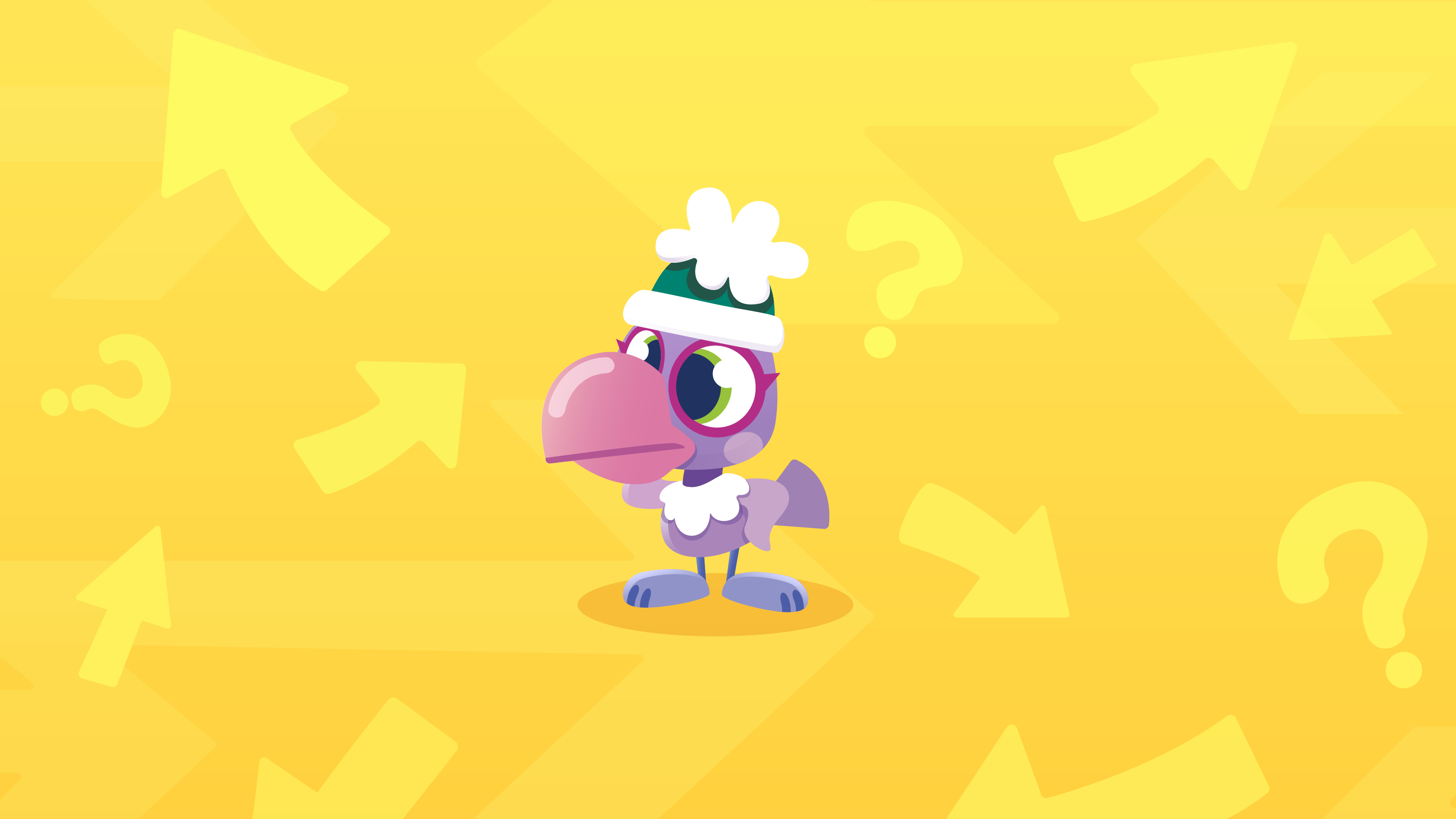
- 2 mins
Encouraging Autonomy in Kids Through Choices

When kids make decisions and use their problem-solving skills, they engage in several behaviors. Teaching kids to make good, healthy choices engages their sense of empathy, the practice of predicting consequences, and often relationship skills. Learning a complex process can be a challenge for even the most experienced adults. Kids benefit from guidance and reflection while learning how to make good choices. With some scaffolding, kids can apply the individual mindfulness skills they’ve learned toward more complex SEL processes, like analyzing decisions and consequences.
Moshi’s resources are aligned with the CASEL SEL standards. You can integrate those learning goals into your curriculum to measure targeted behaviors. Learning these problem-solving skills is a necessary executive functioning milestone. There may be few accurate tools available to measure competence in these areas, though.
Research reviews of social-emotional learning studies show that the tools to measure successful decision-making are often not fully aligned for success. In a 2019 review of 111 studies, the authors write “. . . the absence of uniform standards for evaluating the effectiveness of SEL interventions may hinder these efforts. In addition, and perhaps more importantly, there is often an insufficient connection between the SEL skills addressed by studied interventions and their measurement tools” (Outcome Measurement of School-Based SEL Intervention Follow-Up Studies).
Offer specific tasks to measure decision-making skill progression and align them with the behaviors kids learn about with the Moshlings. Then you know your SEL instruction goals are measurable.
This is true, though you can keep track of SEL assessment data in the same way you would academic milestone data. Starting with one step in the decision-making process can take the pressure off. You don’t have to teach kids every mindfulness skill at once. Some educators use the “go slow to go fast” approach. Teach the skill in its entirety and measure progress toward it. Focus on the process of success. Then, when an advanced concept is introduced, students and teachers can work from a foundation. Once you’ve felt success with this type of instruction, adding more progressive thinking skills will seem more attainable. Surface-level instruction and unmeasured behavioral goals often don’t create deep understanding and recurring positive behaviors.
Measure success with tools focused on specific behavioral outcomes. You can include a close analysis of one step in the decision-making process when making benchmarks and assessments. Like academics, SEL learning is most effective when the tools to measure are aligned with the behaviors and healthy habits you want to teach. Try some of these strategies to bridge the gap between SEL instruction and corresponding assessment tools.
Provide choices to practice decision-making skills. Centers are a great way to work on SEL content. With a guiding question about decision-making processes, kids can complete an activity and keep self-awareness skills in mind. Include progressive skills throughout the curriculum, and add a thoughtful question about choices before the activity begins. This works as an anticipatory set to activate prior knowledge about the decision-making process.
In the activity Decisions, Decisions with Darwin, kids follow Darwin the Dodo through a guided path. He stops along the way to consider questions that prompt the listener to think before they continue. This activity can help break the decision-making process into manageable steps for younger kids.
Using the Conversation Guide, you can reflect on Darwin’s choices and why he made them. A quick reference to Darwin’s journey with his friends may help kids recall the skills they learned while learning about choices and consequences. This relatable scenario allows for discussion about possible outcomes for Darwin and his younger friends. It can also spark conversations about what kids would do if they were in Darwin’s place. The visual reminder of the journey and the possibilities ahead can be the basis of an art project about a similar path in a favorite place. The more kids can connect their own experiences to SEL learning, the more they can attach meaning and significance to these practices.